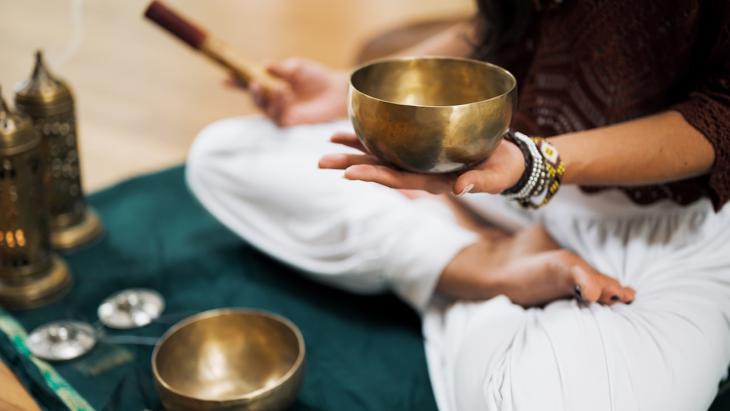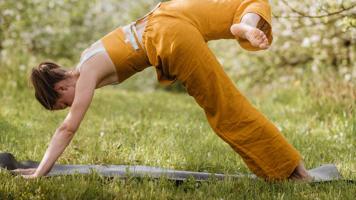The concept of mindfulness has become increasingly popular in recent years, and for good reason. Mindfulness is a way of being present in the moment, focusing on how one feels and what is happening around them. It can help reduce stress, improve focus and concentration, and help develop a positive outlook on life. In this article, we’ll explore the art of mindfulness and how it can be used to reduce stress and anxiety.
What is Mindfulness?
Mindfulness is a practice of being fully aware in the present moment without judgement. It involves paying attention to one’s thoughts, feelings, and physical sensations with an attitude of openness and acceptance. This allows for greater awareness of oneself as well as one’s environment. Mindfulness can be practiced both formally (through meditation) or informally (through everyday activities).

Benefits of Practicing Mindfulness
Mindfulness has been found to have numerous benefits including improved mental health, better concentration, reduced stress levels, increased self-awareness, better sleep quality, and improved relationships with others. Additionally, studies have shown that practicing mindfulness may even have physiological benefits such as reducing inflammation in the body due to its calming effects on the nervous system.
How To Practice Mindfulness
The good news is that anyone can learn how to practice mindfulness - all you need to do is start! Here are some steps you can take to begin incorporating mindful practices into your life:
-
Start slow: Begin by setting aside just five minutes each day for mindful practice such as deep breathing or meditation exercises; gradually increase the time as you get more comfortable with it.
-
Be intentional: Pay attention to your thoughts and feelings without judgment or expectations; focus on being present in the moment instead of worrying about past or future events.
-
Use cues: Remind yourself throughout the day to pause and check in with yourself by setting reminders or placing “mindful moments” cues around your environment (e.g., a picture on your desk).
-
Make time: Schedule regular times throughout each day when you will focus on being mindful – this could include taking a few minutes before meals or right after waking up/before going to bed for instance.
-
Connect with nature: Spend time outdoors – go for a walk or simply sit outside – take notice of smells, sights, sounds that make up your environment; this helps cultivate presence while calming the mind at the same time!
-
Talk it out: Share your experiences with someone else; talking out loud can help process difficult emotions more easily while also allowing us space from our own thoughts which may be overwhelming at times.

Conclusion
Practicing mindfulness can be an immensely helpful tool for managing stress levels and improving overall wellbeing if done consistently over time. As we become more aware of our thoughts and feelings through regular practice we are able to better manage our responses in challenging situations which leads us towards greater peace in our lives overall!

 The Benefits of Pilates: How to Improve Your Balance and Flexibility
The Benefits of Pilates: How to Improve Your Balance and Flexibility